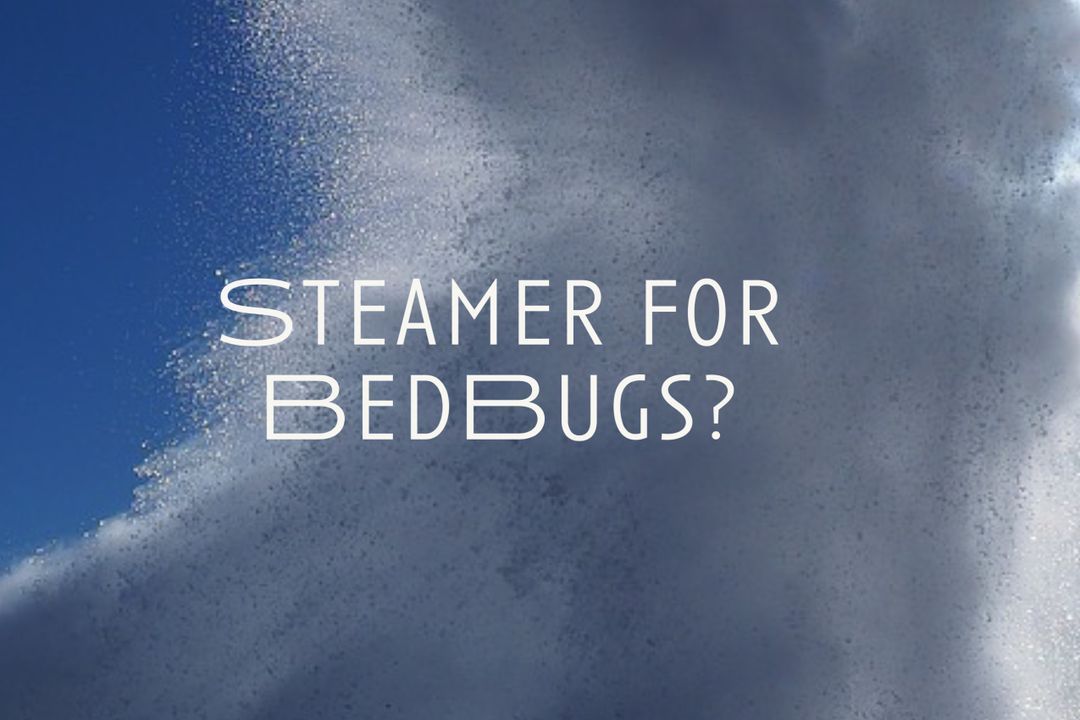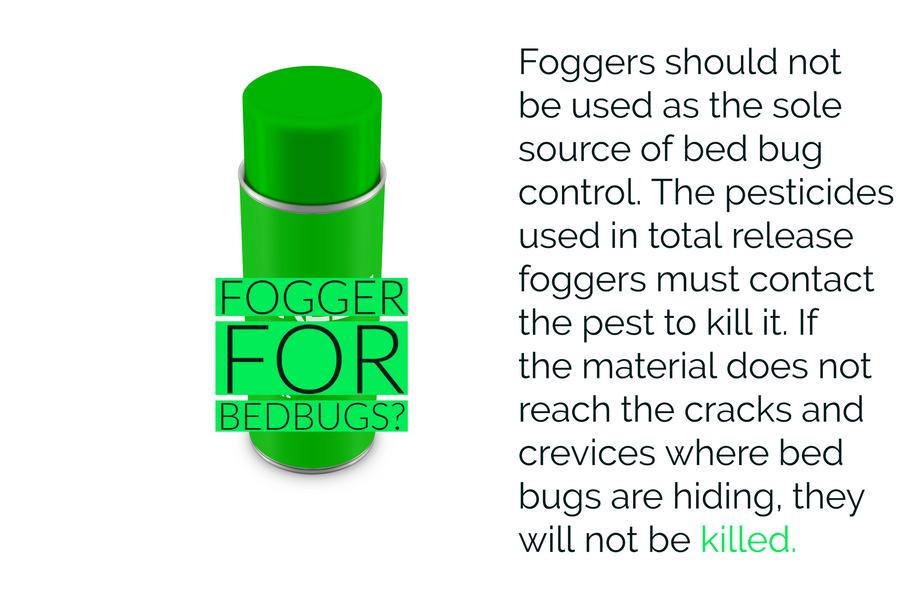Debunking the Bed Bug Steamer Myth: Why Heat Treatments are the Superior Choice

Bed bugs have been a pesky nuisance for centuries, and many homeowners have sought various methods to eradicate these unwanted guests. Among the array of solutions available on the market, steamers have often been recommended for dealing with bed bug infestations. However, while steamers may appear to offer a quick and convenient solution, they might not be as effective as some claim. In this blog post, we will debunk the myth surrounding bed bug steamers and shed light on the superior alternative - heat treatments.
The Promise of Steamers:
Steamers have gained popularity as an eco-friendly and chemical-free option for eliminating bed bugs. The idea behind using a steamer is that the high temperature of the steam will instantly kill the bed bugs upon contact. While it is true that steam can kill visible bed bugs, it has limitations that homeowners need to be aware of to make an informed decision.
The Flaw in Steamers:
One of the major flaws of bed bug steamers lies in the fact that they only kill bed bugs on direct contact. Bed bugs are notorious for their ability to hide in minuscule cracks and crevices, which means they are not easily accessible to the steam. As a result, many bed bugs will remain unaffected during steaming, allowing the infestation to persist. This limitation leads to a prolonged extermination process and can be extremely frustrating for homeowners.
The Rise of Heat Treatments:
In contrast to steamers, heat treatments have emerged as a more efficient and reliable method for bed bug extermination. The key advantage of heat treatments lies in their ability to penetrate every nook and cranny where bed bugs might hide. Heat saturates the entire infested area, ensuring that the bugs cannot escape its lethal effects. Unlike steam, which relies on direct contact, heat treatments envelop the entire space in an even temperature, leaving no room for the bugs to survive.
The Science behind Heat Treatments:
Biologically, bed bugs are not equipped to handle extreme heat. When exposed to temperatures above 120°F (49°C), the pests are unable to regulate their body heat and eventually succumb to the heat's deadly impact. Heat treatments usually involve raising the temperature of the infested area to around 140°F (60°C) or higher, effectively wiping out all life stages of bed bugs, including eggs and nymphs.
Additional Benefits of Heat Treatments:
Apart from being an effective bed bug extermination method, heat treatments also offer other advantages. Unlike chemical applications, which might involve the use of potentially harmful substances, heat treatments are non-toxic and do not leave behind any harmful residues. Furthermore, heat treatments are environmentally friendly and have minimal impact on your living space.
Conclusion:
While steamers might appear as an appealing and eco-friendly option for dealing with bed bugs, they fall short when it comes to delivering complete eradication. The limitation of direct contact renders steamers less effective, allowing the infestation to persist and prolonging the homeowner's ordeal.
For those seeking an efficient and foolproof method to eliminate bed bugs once and for all, heat treatments are the superior choice. The ability of heat to penetrate every corner, coupled with the bed bugs' vulnerability to high temperatures, ensures a thorough and lasting extermination. So, if you're dealing with a bed bug infestation, consider investing in a professional heat treatment service for a bed bug-free home and a peaceful night's sleep.



